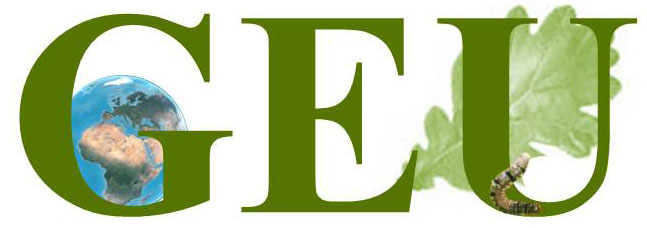
- This photo shows measurements of carbon flux from soil at Toolik Field Station in Arctic Alaska. Credit: Jianwu Tang
WOODS HOLE, Mass. — While scientists and policy experts debate the impacts of global warming, the Earth’s soil is releasing roughly nine times more carbon dioxide to the atmosphere than all human activities combined. This huge carbon flux from soil, which is due to the natural respiration of soil microbes and plant roots, begs one of the central questions in climate change science. As the global climate warms, will soil respiration rates increase, adding even more carbon dioxide to the atmosphere and accelerating climate change?
Previous experimental studies of this question have not produced a consensus, prompting Marine Biological Laboratory scientists Joanna Carey, Jianwu Tang and colleagues to synthesize the data from 27 studies across nine biomes, from the desert to the Arctic. Their analysis is published this week in Proceedings of the National Academy of Sciences. This represents the world’s largest dataset to date of soil respiration response to experimental warming.
One prediction from the synthesis is that rising global temperatures result in regionally variable responses in soil respiration, with colder climates being considerably more responsive. “Consistently across all biomes, we found that soil respiration increased with soil temperature up to about 25° C (77° F),” says Carey, a postdoctoral scientist in the MBL Ecosystems Center. Above the 25° C threshold, respiration rates decreased with further increases in soil temperature.
“That means the Arctic latitudes, where soil temperatures rarely, if ever, reach 25° C , will continue to be most responsive to climate warming. Because there is so much carbon stored in frozen soils of the Arctic, this has really serious repercussions for future climate change,” Carey says.
Soil scientists are struggling to find evidences of soil acclimation to warming, as indicated by some individual field experiments, but the current study found limited evidence of it.
“The occurrence of acclimation would provide some relieve on the positive feedback between warming and CO2 release by respiration from soil” says Marc Estiarte, a member of the research teams at CREAF.
The information provided by the study will be critical to improve the soil-atmosphere interactions in the Earth-system models. The results of the study “will greatly improve our mechanistic understanding of how carbon dynamics change with climate warming”, in the words of Josep Peñuelas, a member of the research teams at CREAF
To understand how global carbon in soils will respond to climate change, the authors stress, more data are needed from under- and non-represented regions, especially the Arctic and the tropics.
Citation:
Carey, Joanna A. et al (2016) Temperature response of soil respiration largely unaltered with experimental warming. Proc. Natl. Acad. Sci. DOI: 10.1073/pnas.1605365113
